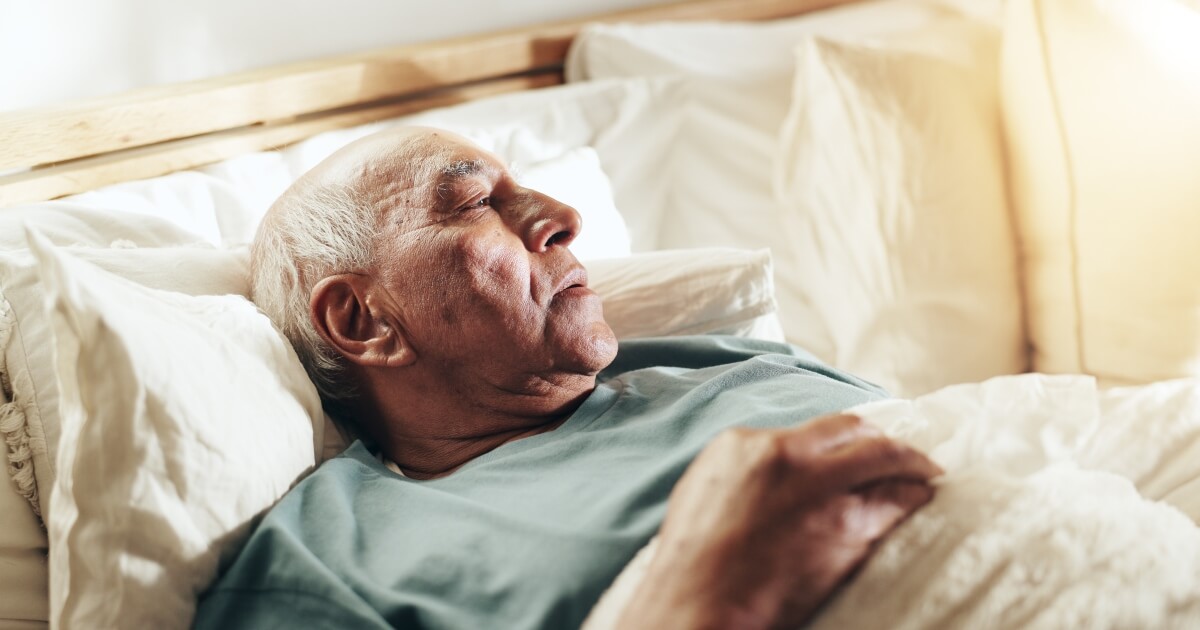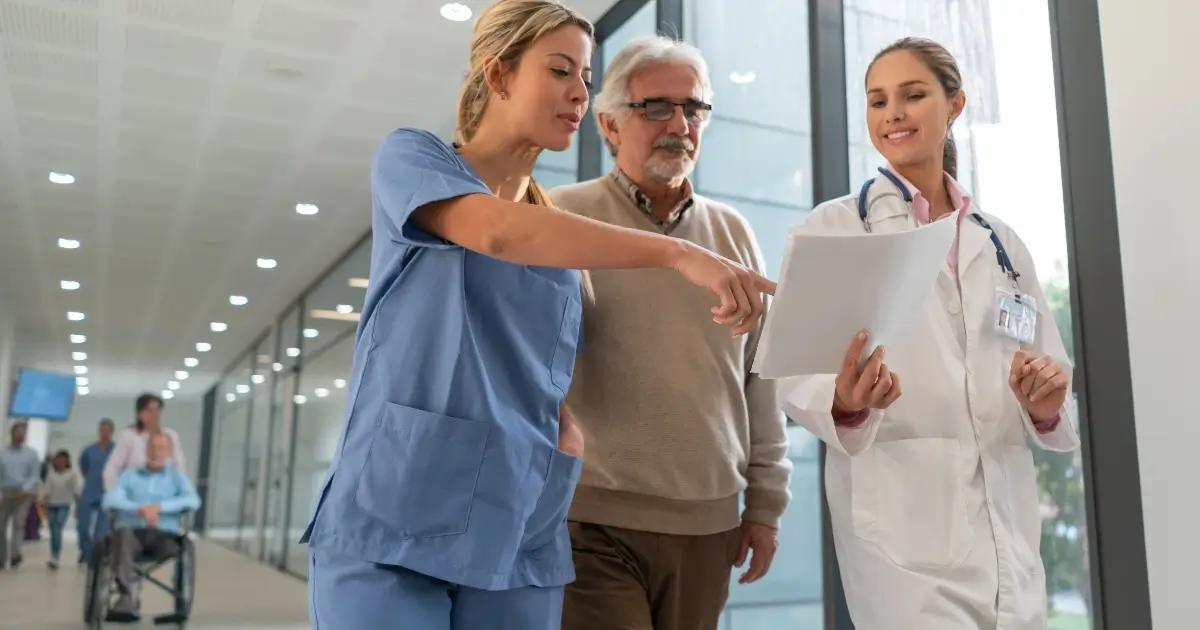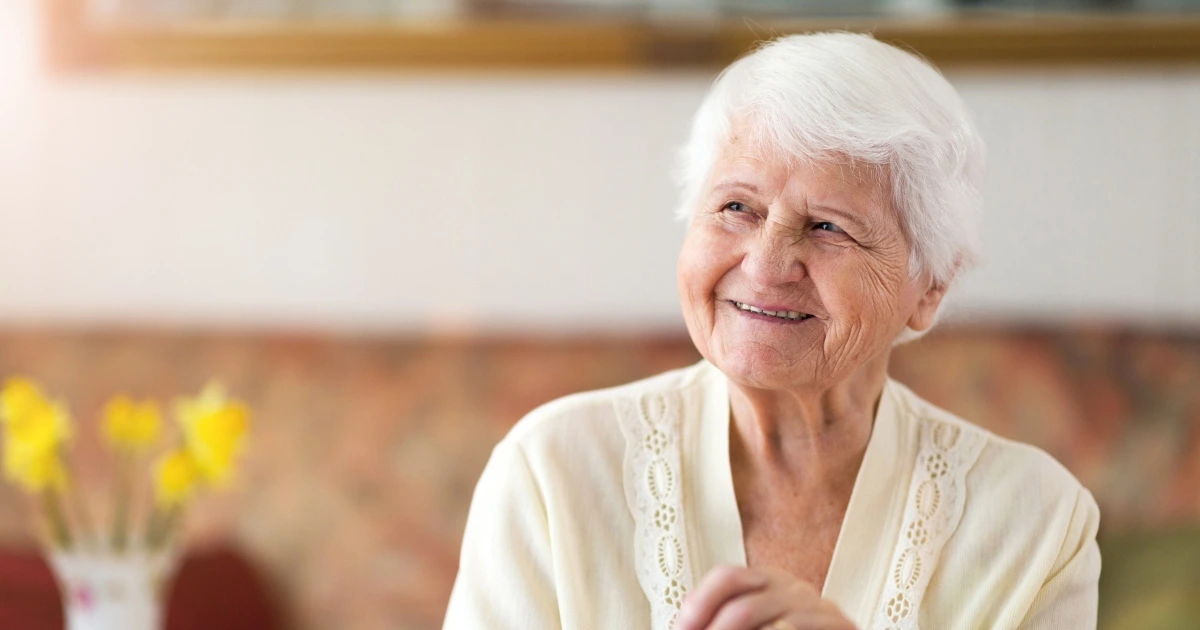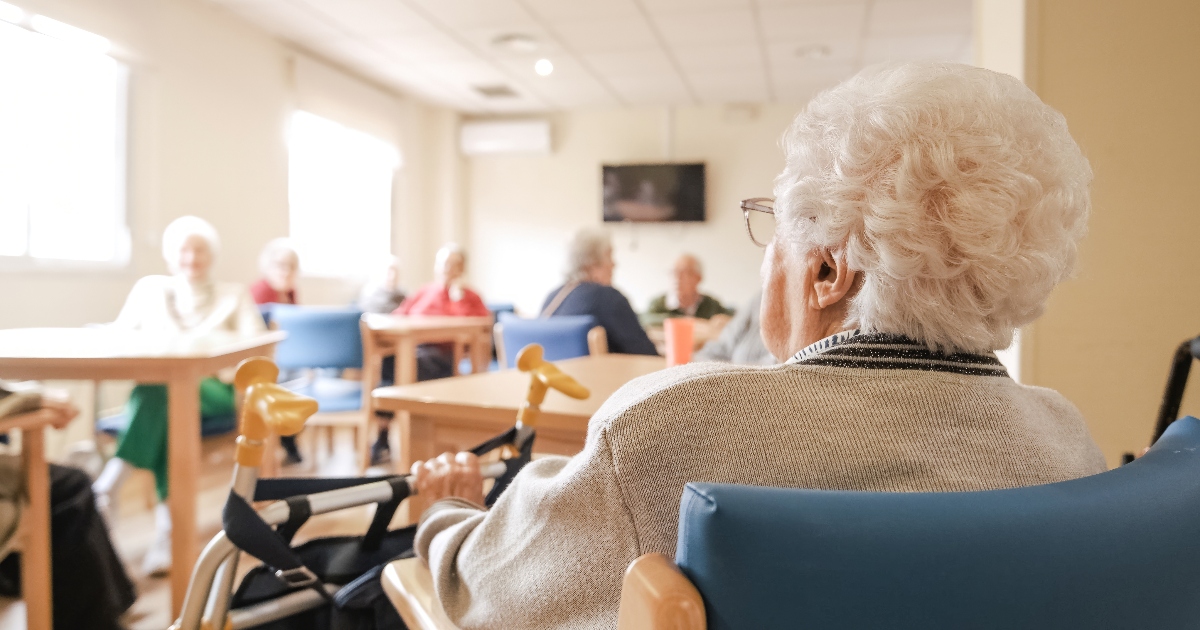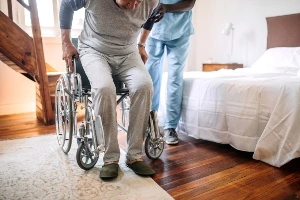
Transfer and lifting injuries represent some of the most common and preventable accidents to residents in nursing homes. The impact can be devastating, leading to physical disabilities and emotional trauma.
If your loved one is in long-term care and suffered harm while being transferred or lifted due to nursing home negligence, we can help you understand what your legal options are. Our experienced Albuquerque nursing home abuse attorneys can answer your questions and learn more about the specific details of your potential case.
Call PKSD to schedule a free consultation with one of our qualified, licensed attorneys. We do not charge any upfront costs for our legal services and only get paid if you receive your settlement.
Speak to our attorneys during a free case review at 505-677-7777.
How Do Nursing Home Transfer Injuries Happen in Albuquerque?
Transfer and lifting injuries in Albuquerque nursing homes occur while being improperly moved or lifted from one location or position to another. These incidents leave vulnerable residents with serious injuries that could have been prevented through proper procedures.
Some of these incidents may include:
Inadequate Staff
Understaffing is a common issue in long-term care. If there is not enough staff, some caregivers may become overwhelmed with the number of residents they have to care for, which could lead to neglect. Nursing homes that operate consistently understaffed put residents at serious risk for injuries. When residents need to be moved from their bed to a wheelchair, for instance, caregivers may attempt to move them alone rather than wait for assistance.
Improper Transfer Techniques
Staff who need to move, reposition or transfer a resident are required to use safe handling techniques that are based on that resident’s size, weight, mobility level and medical conditions. Albuquerque staff who use outdated or dangerous transfer methods, such as the “drag lift” or “pivot transfer,” could injure a resident.
- Drag Lift: When a caregiver tries to move a resident by placing their arms under the resident’s armpits and pulling them from the bed to the wheelchair, it puts extreme pressure on the shoulders. Residents could suffer dislocated shoulders or painful skin tears from the friction of being dragged.
- Pivot Transfer: Some caregivers may try to move a resident from one surface to another by having them pivot on one foot, such as when attempting to do a solo transfer from the bed to a wheelchair. However, this technique is extremely unsafe especially for delicate elderly residents who often do not have sufficient strength or stability to bear their own weight.
Failure to Use Mechanical Lift Equipment
Nursing homes have mechanical lift equipment to help them lift and transfer residents. When staff fail to use this equipment or do not use it properly, it can increase the risk of a resident being dropped. Sometimes staff may attempt to move a resident without a lift if it is unavailable or broken. Some staff who are in a hurry to get to the next resident may take dangerous shortcuts, such as trying to lift or transfer a resident without a mechanical lift.
Poor Resident Assessment
Nursing homes are required to assess residents to determine their physical, medical, and emotional needs. These individualized care plans, which include transfer protocols, are based on their physical capabilities. Albuquerque nursing homes are required to update these care plans periodically. When facilities fail to assess residents upon admission and update their care plans as conditions change, it increases the risk of serious injury.
Communication Breakdowns
Transfer injuries often occur during shift changes or when temporary staff fill positions. Permanent staff may understand a resident’s needs, but if this information is not properly communicated to the next shift, or to new or temporary caregivers, injuries can result. Without clear instructions, less experienced caregivers may endanger residents by trying to do a transfer or lift on their own.
Rushed Care Environments
Understaffed facilities create rushed environments where caregivers hurry through transfers to complete their assigned tasks. Rushing to finish with one resident and move on to the next can cause staff to skip critical safety steps. In their haste to get a patient moved, they may not position residents properly or forget to communicate with them before moving them. When staff rush care, residents are the ones who suffer.
Equipment Maintenance Issues
Lift equipment may be available in Albuquerque facilities, but if a facility does not have them properly maintained, they can become unsafe or inoperable. Frayed slings could brake, malfunctioning motors or broken brakes can also create hazards during transfers. Facilities need to implement proper inspection and maintenance of lift equipment to ensure they are safe to use and functioning as intended.
What New Mexico Laws Require for Safe Patient Transfers
In New Mexico, state law requires facilities to maintain a minimum staffing ratio to ensure the safe care of residents. The ratio of nursing personnel to residents should be determined based on the number of residents and the complexity of their care needs.
New Mexico requires nursing homes to follow safety measures for properly lifting and transferring residents.
- Provide mechanical lifts suitable for the resident population.
- Use suitably sized lift slings for each resident.
- Ensure all staff receive training before performing any transfers.
- Document all transfer-related training accurately.
- Oversee staff’s use of facilities and required techniques and inspect equipment regularly.
How to Prove Nursing Home Negligence in Transfer Injury Cases
When a nursing home resident is injured during a transfer, to prove negligence, you will need to establish these four key elements:
- Duty of Care: Show the facility was responsible for the resident’s care and aware of their transfer needs.
- Breach of Duty: Demonstrate staff violated their duty of care by using improper techniques, or failing to use the proper equipment or the nursing home failed to maintain lifting equipment or provide staff with proper training.
- Causation: Prove the breach directly caused the injury and resulting damages.
- Damages: Document injuries, treatment costs, pain and suffering.
Types of evidence you will need to establish negligence and support your case include:
- Medical Records: Admission assessments, care plans, incident reports, fall risk assessments, injury photos
- Facility Documentation: Staffing records, training logs, equipment maintenance records, and transfer policies
- Witness Testimony: Statements from staff, other residents or family members
- Expert Witnesses: Medical experts may determine certain injuries a resident sustained were the result of improperly moving a resident, such as if the resident was dropped.
Safety Measures That Prevent Nursing Home Transfer Injuries
Albuquerque nursing homes can implement specific safety measures to prevent transfer injuries. These preventative strategies focus on proper training, equipment, assessment and facility-wide protocols.
Implement and Oversee Staff Training Programs
Your loved one’s facility should implement proper training programs to ensure all staff:
- Are trained on proper lifting techniques
- Are equipment to use and how to properly use it
- Proper body positioning methods
All direct care staff must complete certification in safe transfer methods to meet competency standards.
Caregivers should also apply specialized techniques to transfer residents with cognitive impairments, addressing dementia-related challenges safely. Quarterly training updates ensure staff stays current on transfer safety techniques, while hands-on practice with mannequins or volunteer staff reinforces proper methods in a controlled setting.
Appropriate Transfer Equipment
Some lift-assisting technology can transfer residents with limited mobility. Beds that can be lowered to wheelchair level facilitate safer transfers with minimal lifting. Smooth boards that bridge gaps between surfaces reduce friction during sliding transfers.
Secure gait belts provide handles for staff to guide mobile residents. Non-slip floor mats positioned near beds and bathroom areas prevent slips during transfers. Strategically placed grab bars in bathrooms and hallways offer support points. Floor-to-ceiling transfer poles with handles provide stable support during standing transfers.
Safe Transfers Need Evaluation
Nursing home staff should conduct a detailed assessment when first admitting a resident to establish baseline transfer needs. Staff may conduct periodic evaluations to stay informed about transfer needs and monitor changes in resident conditions.
It is recommended that staff place visual indicators on room doors to highlight specific requirements for quick staff reference. Some facilities may maintain detailed transfer instructions in electronic health records to provide consistent information to all staff, ensuring that residents receive the care they need.
While transfer protocols may vary by facility, all nursing homes must establish transparent safety systems that protect residents and staff from falls and injuries.
Administrative and Environmental Safety Measures
The appropriate amount of staff is needed for transfers to prevent understaffing risks. Nursing homes should review their current practices and update protocols in response to recurring incidents or observations.
Staff help prevent injuries by following clear guidelines that limit manual lifting. They improve safety during transfers by widening doorways and removing obstacles. By scheduling transfers during peak staffing times, they ensure residents receive the support they need. Supervisors maintain safety compliance by regularly reviewing and evaluating transfer procedures.
Safe Transfers Using Technology
Electronic tracking of residents who need transfer assistance improves response times. Early alert systems notify staff when residents attempt unassisted transfers.
Wearable devices allow residents to call for help before attempting transfers. Sensors detect when a resident may be attempting an unsupervised transfer. Mobile applications enable real-time updating of transfer needs across staff teams.
Family and Resident Education
Teaching residents about the importance of requesting assistance promotes safety awareness. Showing family members proper transfer techniques ensures consistent approaches when visitors assist.
Simple cards illustrating the appropriate transfer method provide visual guidance. Encouraging residents to speak up if they feel unsafe during transfers empowers self-advocacy.
Call PKSD If Your Loved One Suffers a Transfer or Lifting Injury
When transfer and lifting injuries occur in nursing homes, our law firm can help determine whether the facility is liable for your damages. These incidents often stem from systemic failures, such as understaffing, high staff turnover, or inadequate training.
At PKSD, you can speak with one of our qualified attorneys to learn more about your legal options in a completely free initial consultation. Our trusted law firm is deeply committed to holding at-fault facilities and caregivers accountable for negligent actions that cause harm to residents in their care. We charge no upfront costs or fees to engage our services.
Call our office at 505-677-7777 to schedule a free consultation.


